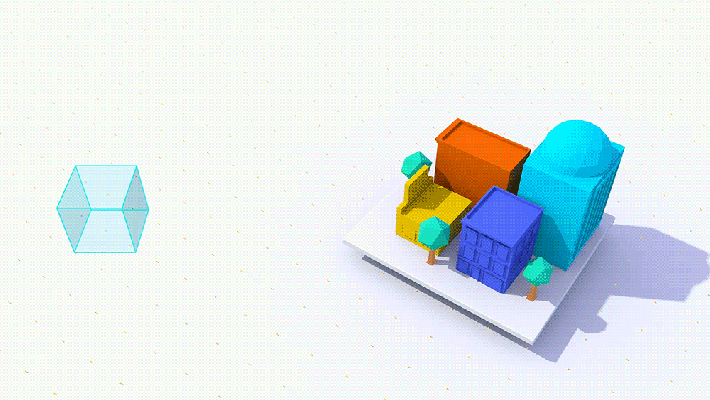

Today is the day Google makes good on a lot of its 2017 I/O VR promises. The company just announced that it will be open sourcing Seurat, a tool designed to reduce complexity in high-fidelity mobile VR scenes, improving performance considerably.
This launch arrives alongside the release of the Mirage Solo, the first headset on the Daydream VR platform to make use of Google’s WorldSense positional tracking system. The headset is standalone and runs on a mobile chipset so it’s a lot more resource-constrained than headsets that connect to gaming PCs.
Seurat is a software tool that aims to reduce polygon count. Basically, Seurat takes all of the possible viewpoints that a VR user may have given their limited range of movement and removes the area of the 3D environment that they’d never be able to see. Seurat removes object permanence from the equation, so if you can’t see it in virtual reality, chances are it doesn’t actually exist at all.
In the snippet above from a new Blade Runner title, Google says the Seurat program was able to take a scene with 46.6 million triangles and reduce it down to 307,000. This is especially useful for developers with existing renders that they’re porting from more capable hardware to the more strained mobile VR hardware.
Source code and documentation for the tool is available on its GitHub page.

